Home>Ideas and Tips>How To Design A Pollinator-Friendly Rain Garden
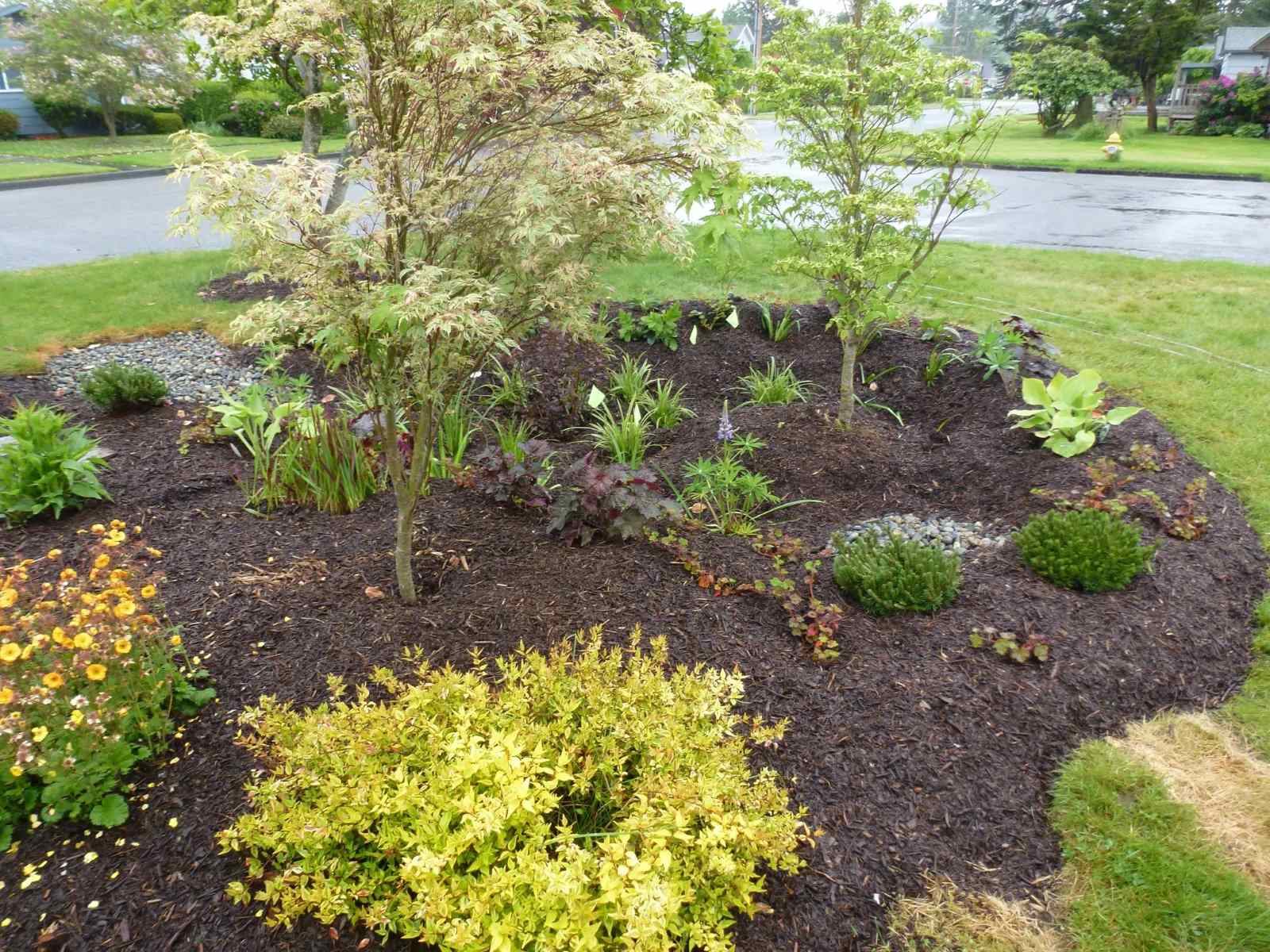

Ideas and Tips
How To Design A Pollinator-Friendly Rain Garden
Modified: October 20, 2024
Learn how to design a pollinator-friendly rain garden that manages stormwater, supports local wildlife, and enhances your yard's beauty.
(Many of the links in this article redirect to a specific reviewed product. Your purchase of these products through affiliate links helps to generate commission for Storables.com, at no extra cost. Learn more)
Introduction
Rain gardens are a wonderful way to manage stormwater runoff, reduce the burden on local drainage systems, and create a beautiful and functional space in your yard. However, traditional rain gardens often focus on aesthetics and water management without considering the ecological benefits they can provide. By incorporating pollinator-friendly elements, you can turn your rain garden into a thriving ecosystem that supports local wildlife and enhances biodiversity.
In this article, we will guide you through the process of designing a pollinator-friendly rain garden. We will cover the essential steps from planning and preparation to planting and maintenance. Whether you are a seasoned gardener or just starting out, this article will provide you with the knowledge and inspiration needed to create a vibrant and sustainable rain garden that benefits both your yard and the environment.
Planning Your Pollinator-Friendly Rain Garden
1. Assess Your Yard
Before you start designing your rain garden, it's crucial to assess your yard's conditions. Here are some factors to consider:
- Sunlight: Pollinators like sunlight, so choose a spot that receives at least six hours of direct sunlight per day.
- Soil Type: Pollinator-friendly plants often thrive in well-draining soil. If your yard has heavy clay or sandy soil, you may need to amend it before planting.
- Drainage: Ensure that the area you choose has good drainage to prevent waterlogging, which can be detrimental to plants and pollinators.
- Existing Features: Consider any existing features like slopes, trees, or other gardens that might impact your rain garden's design.
2. Determine the Size
The size of your rain garden will depend on several factors including the amount of stormwater runoff from your roof and yard, as well as the space available in your yard. A general rule of thumb is to create a rain garden that is at least 10% of the total roof area or yard size.
For example, if you have a 1,000 square foot roof, aim for a rain garden that covers around 100 square feet. This size will allow for effective stormwater management while providing ample space for plants.
3. Choose the Right Location
Selecting the right location is vital for both functionality and aesthetics. Here are some tips:
- Low Points: Look for low points in your yard where water naturally collects.
- Near Downspouts: Positioning your rain garden near downspouts can help capture and manage stormwater runoff more effectively.
- Visible Areas: While functionality is important, consider placing your rain garden in a visible area where you can enjoy it and appreciate its beauty.
Preparing the Site
Once you've chosen the perfect location for your pollinator-friendly rain garden, it's time to prepare the site.
1. Mark Out the Area
Use stakes and twine or a hose to mark out the perimeter of your rain garden. This will give you a clear visual representation of where your garden will be located.
2. Clear the Area
Remove any debris, grass, or other obstructions from within the marked area. You can use a shovel or a garden fork for this task.
3. Test Drainage
Dig shallow trenches around the perimeter of your marked area to test drainage. Fill these trenches with water and observe how quickly it drains away. This step ensures that water won't collect in low spots within your rain garden.
4. Level Out the Ground
Use a rake or shovel to level out the ground within your marked area as much as possible. Aim for slight slopes leading towards the center where plants will be planted.
Planting Your Pollinator-Friendly Rain Garden
Plant selection is one of the most critical aspects of designing a pollinator-friendly rain garden because it directly impacts both biodiversity and ecosystem health.
1. Select Pollinator-Friendly Plants
When choosing plants for your rain garden, focus on species that attract pollinators such as bees, butterflies, hummingbirds, and other beneficial insects. Here are some popular options:
- Native Wildflowers: These plants are naturally adapted to local climates and soil conditions, making them ideal choices for rain gardens.
- Herbs: Many herbs like lavender, mint, and chamomile attract pollinators while also providing fragrance and culinary uses.
- Native Grasses: Grasses like little bluestem or switchgrass offer excellent habitat for insects while providing structural interest in your garden.
- Perennials: Plants like coneflower or black-eyed Susan are perennial favorites among pollinators due to their nectar-rich blooms.
2. Consider Layering Plants
Layering plants by height can create a visually appealing landscape while also providing diverse habitats for different species of pollinators:
- Groundcovers: Use low-growing groundcovers like creeping thyme or sedum around the perimeter of your rain garden to prevent erosion and create pathways for beneficial insects.
- Mid-Level Plants: Plant mid-level flowers like bee balm or coreopsis in the middle section of your garden where they can be easily accessed by pollinators.
- Tall Plants: Place taller plants like sunflowers or joe-pye weed towards the back or center of your garden where they won't overshadow smaller species but still provide shelter from predators.
3. Incorporate Native Vegetation
Native vegetation plays a crucial role in supporting local ecosystems by providing food sources specific to regional wildlife:
- Native Trees: Incorporate native trees like oak or maple into surrounding areas which will eventually grow into canopy layers above your rain garden providing shade while supporting avian life forms too!
- Native Shrubs: Incorporate shrubs such as dogwood or hawthorn which serve multiple purposes including providing berries for birds while offering sheltered spots ideal nesting sites!
Maintenance Tips
Maintaining your pollinator-friendly rain garden requires regular care but doesn’t have to be time-consuming:
1. Mulching
Mulching helps retain moisture within soil layers preventing waterlogging issues while suppressing weed growth allowing native plants thrive better over time!
2. Watering Wisely
Avoid overwatering which might lead root rotting conditions detrimental plant health instead focus providing consistent moisture levels especially during initial growth phases ensuring robust root systems develop strong foundations supporting future growth cycles!
3. Pruning
Prune plants regularly removing deadhead flowers encouraging repeat blooming cycles attracting more pollinators visit regularly ensuring continuous activity throughout seasons!
4. Monitoring
Regularly monitor conditions observing changes noting any signs stress disease pests taking prompt action addressing issues promptly preventing further damage spreading across entire ecosystem balance maintained long-term sustainability ensured!
Additional Features Enhancing Ecosystem Health
Incorporating additional features beyond basic planting strategies enhances overall ecosystem health supporting broader biodiversity objectives:
1. Rock Piles
Rock piles provide sheltered spots ideal nesting sites attracting reptiles amphibians enhancing biodiversity levels significantly contributing towards balanced ecosystem dynamics observed over prolonged periods!
2. Log Piles
Log piles offer similar benefits providing habitat structures supporting insectivorous species like ladybugs lacewings enhancing natural pest control mechanisms inherent within self-sustaining ecosystems maintained effectively through integrated management practices adopted consistently over time!
3. Birdhouses
Installing birdhouses specifically designed accommodate regional avian species ensures continuous presence nesting activities observed regularly enhancing overall ecological integrity maintained effectively through proactive measures implemented diligently throughout seasons!
Conclusion
Designing a pollinator-friendly rain garden offers numerous benefits ranging from effective stormwater management enhancing aesthetic appeal supporting broader ecological objectives simultaneously contributing towards sustainable development goals aligned closely with environmental conservation initiatives globally recognized today!
By following steps outlined above carefully considering various factors involved throughout process ensuring optimal results achieved consistently over prolonged periods contributing positively towards creation thriving ecosystems beneficial both humans wildlife alike ensuring long-term sustainability ensured effectively through integrated management practices adopted consistently throughout seasons ahead
Was this page helpful?
At Storables.com, we guarantee accurate and reliable information. Our content, validated by Expert Board Contributors, is crafted following stringent Editorial Policies. We're committed to providing you with well-researched, expert-backed insights for all your informational needs.
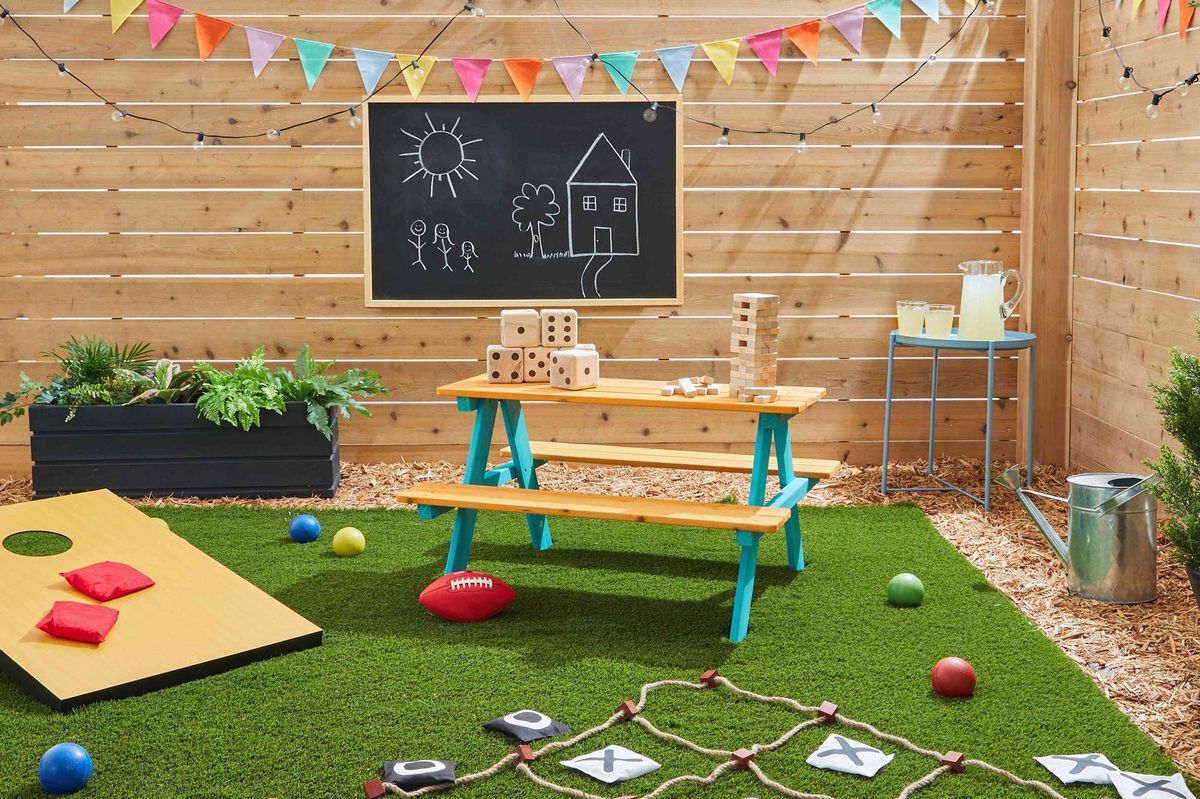
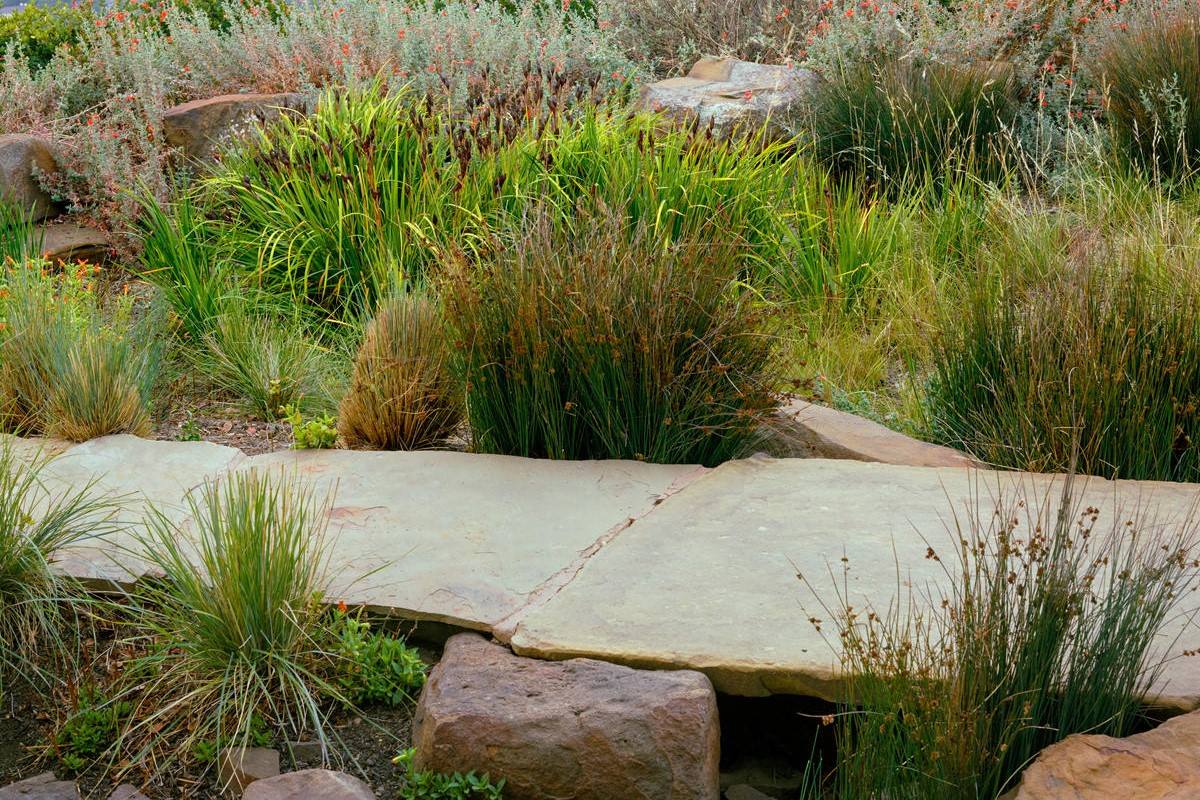
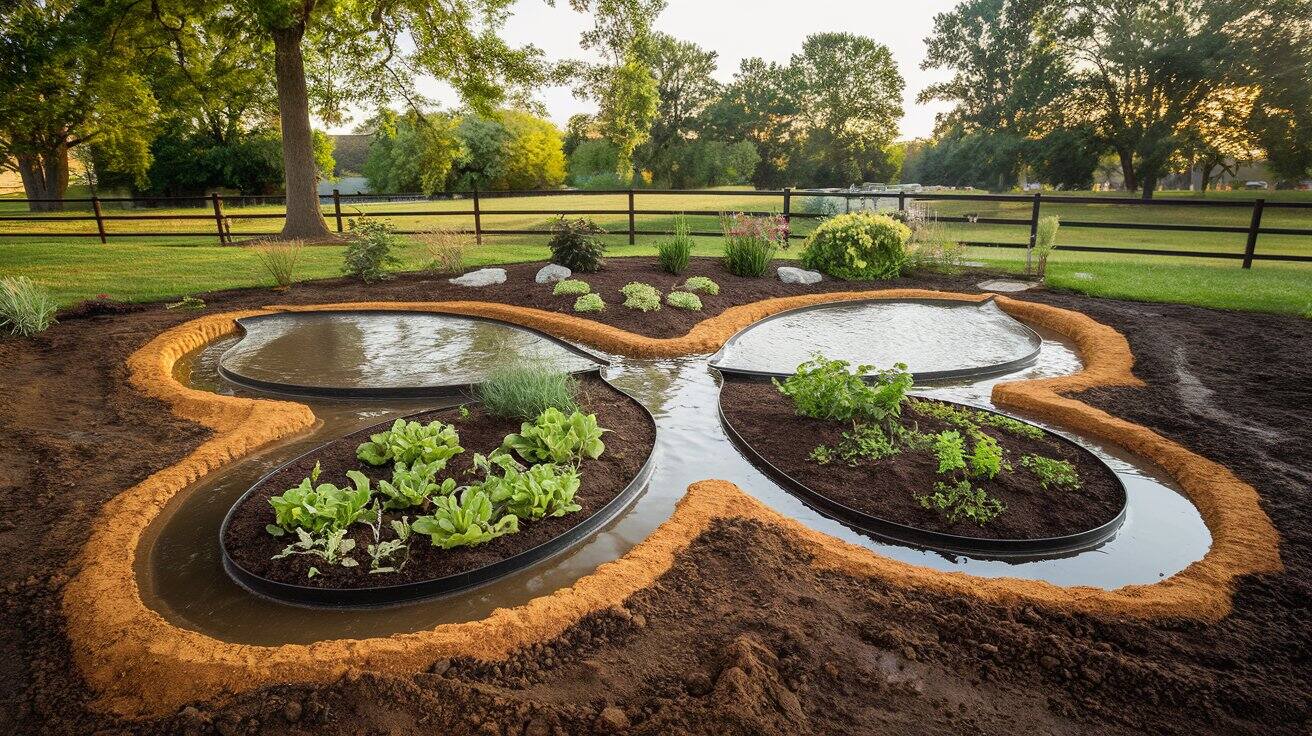
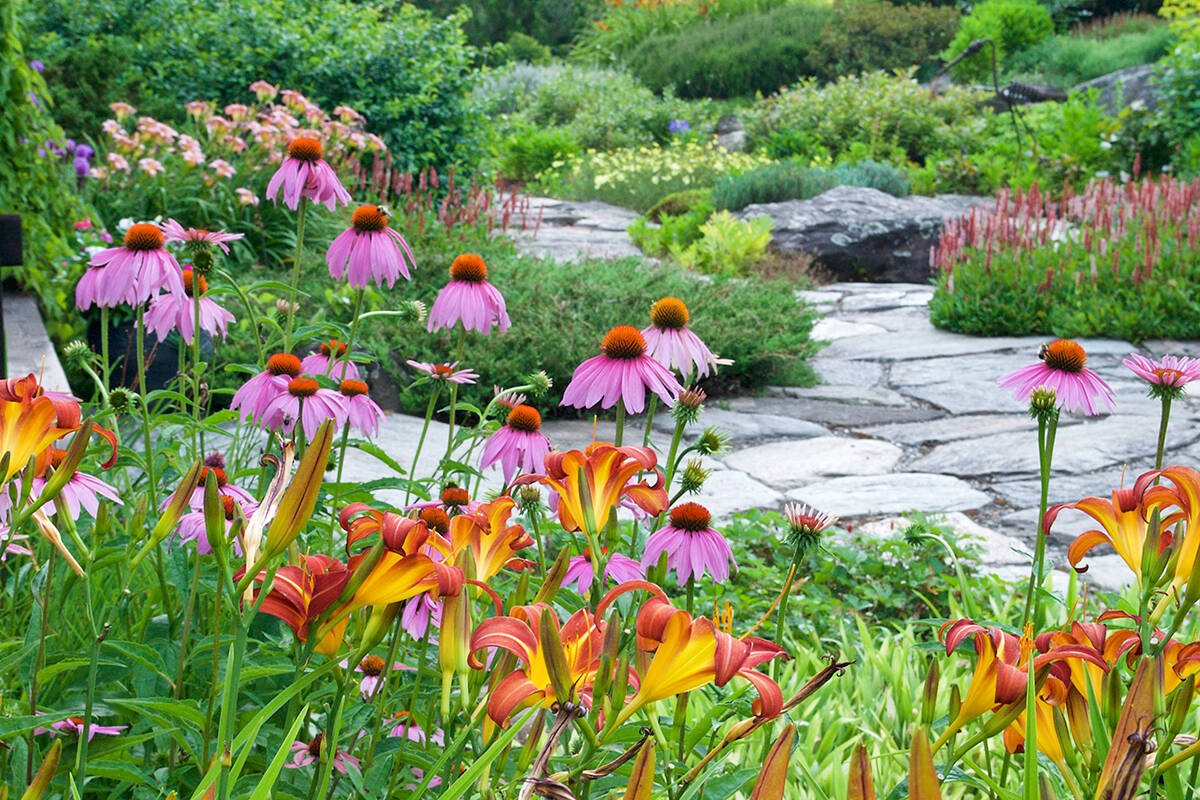
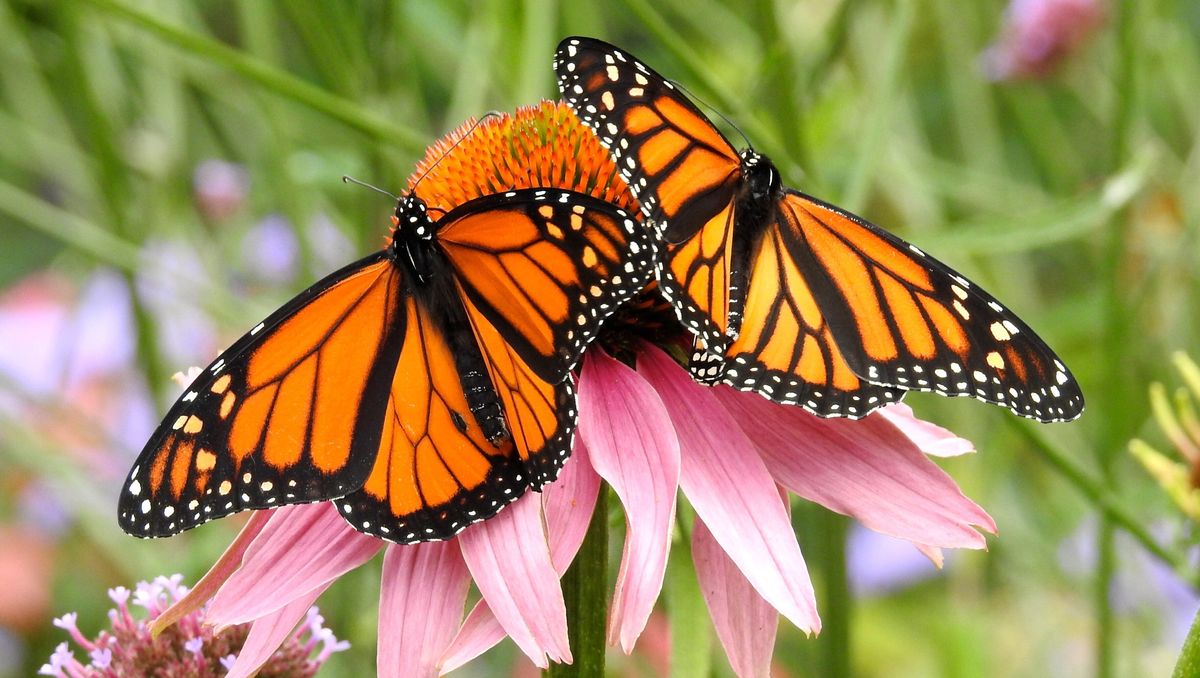
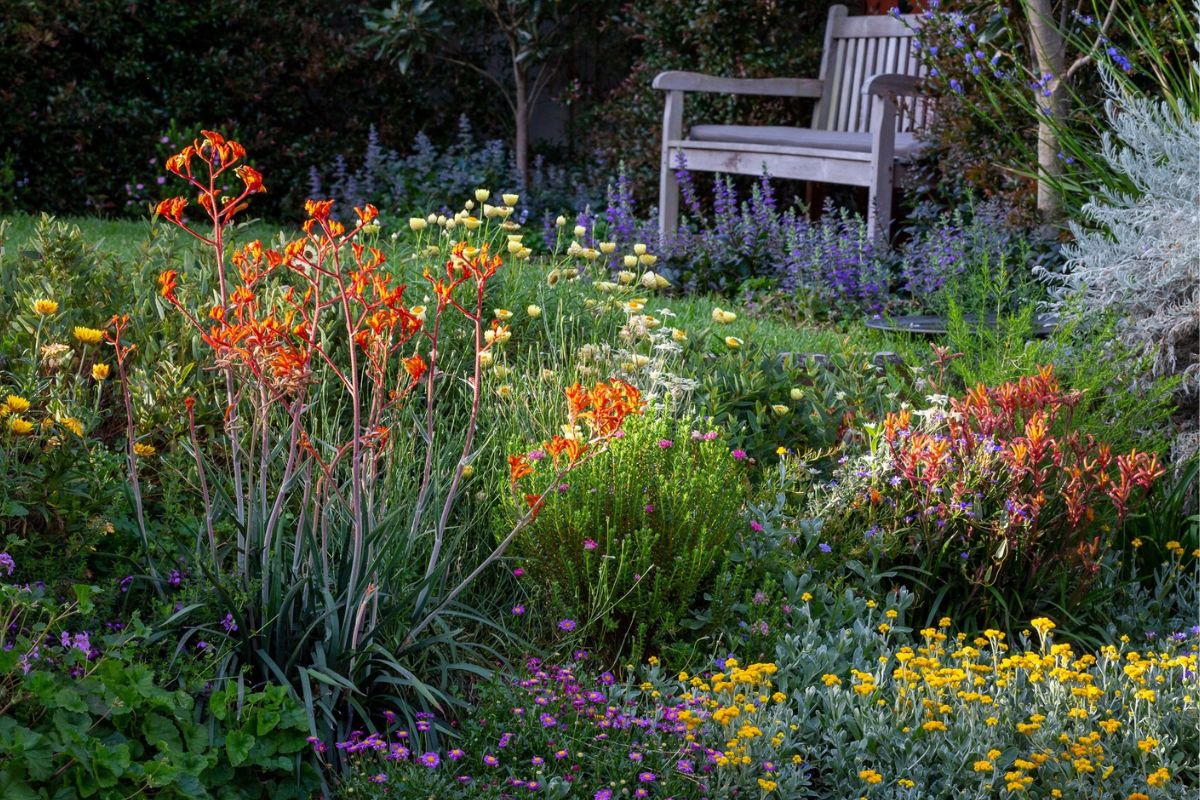
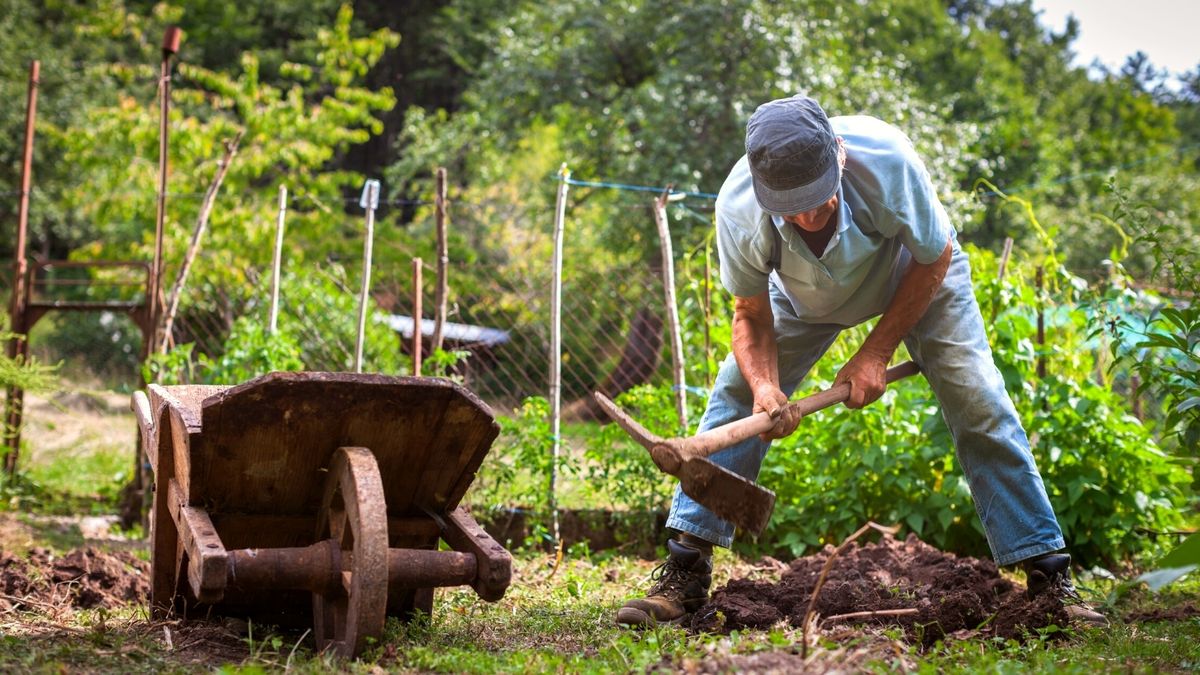
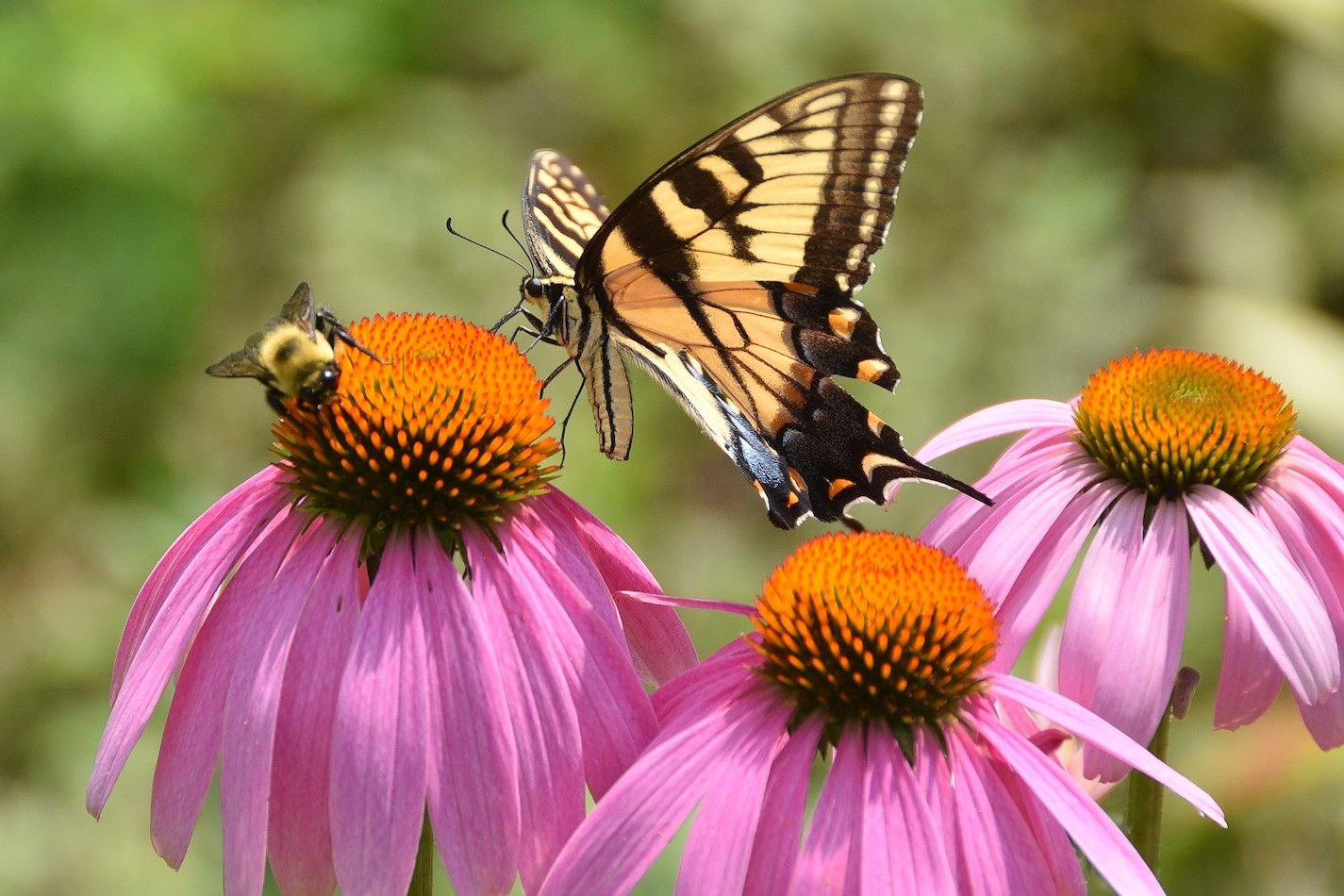
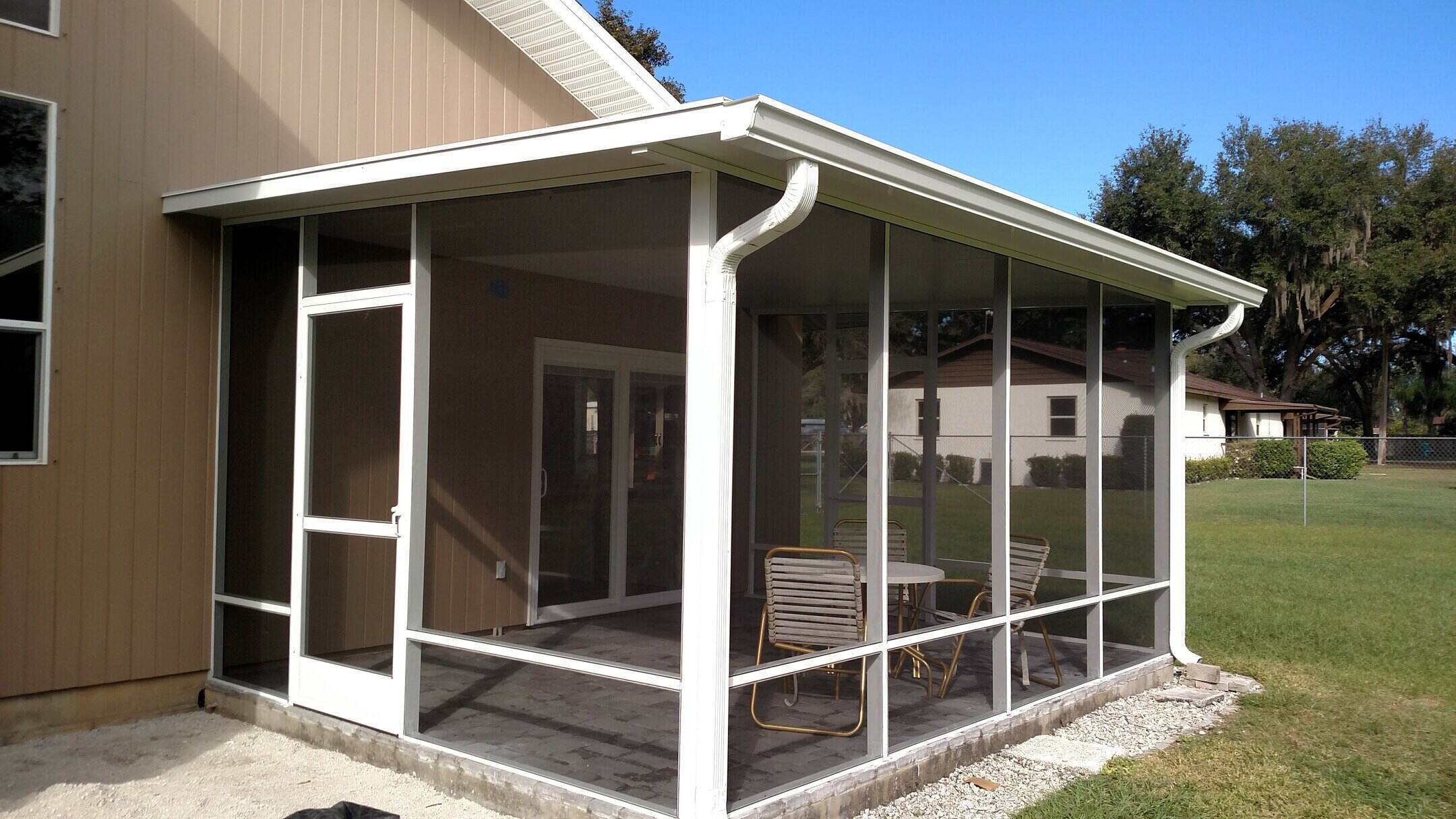
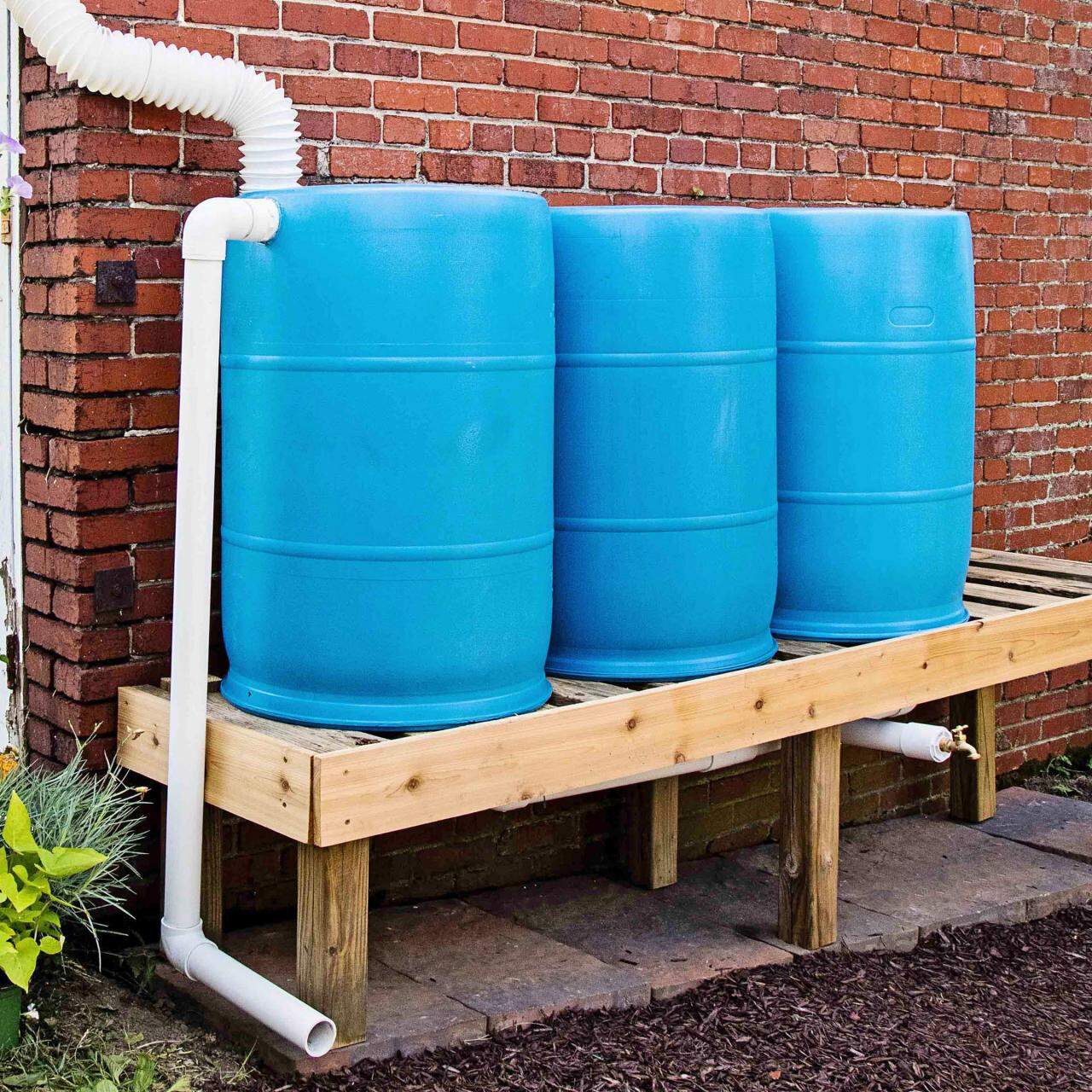
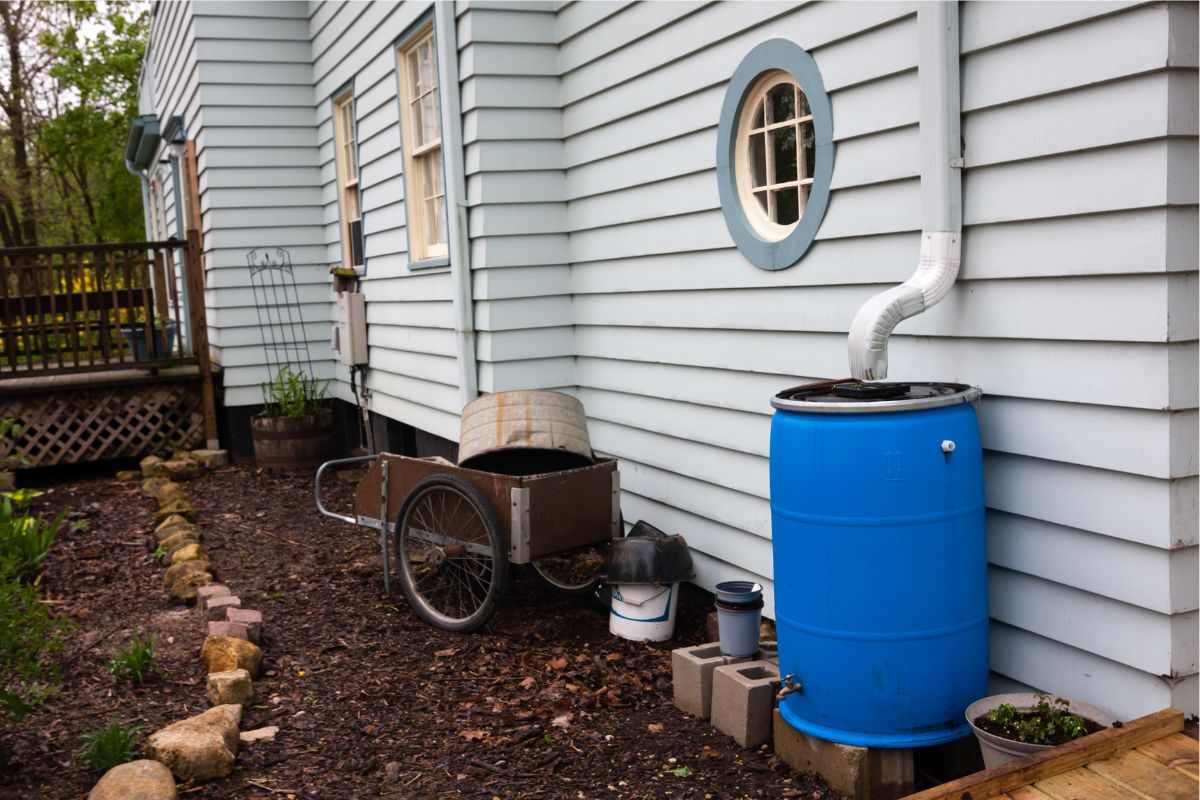
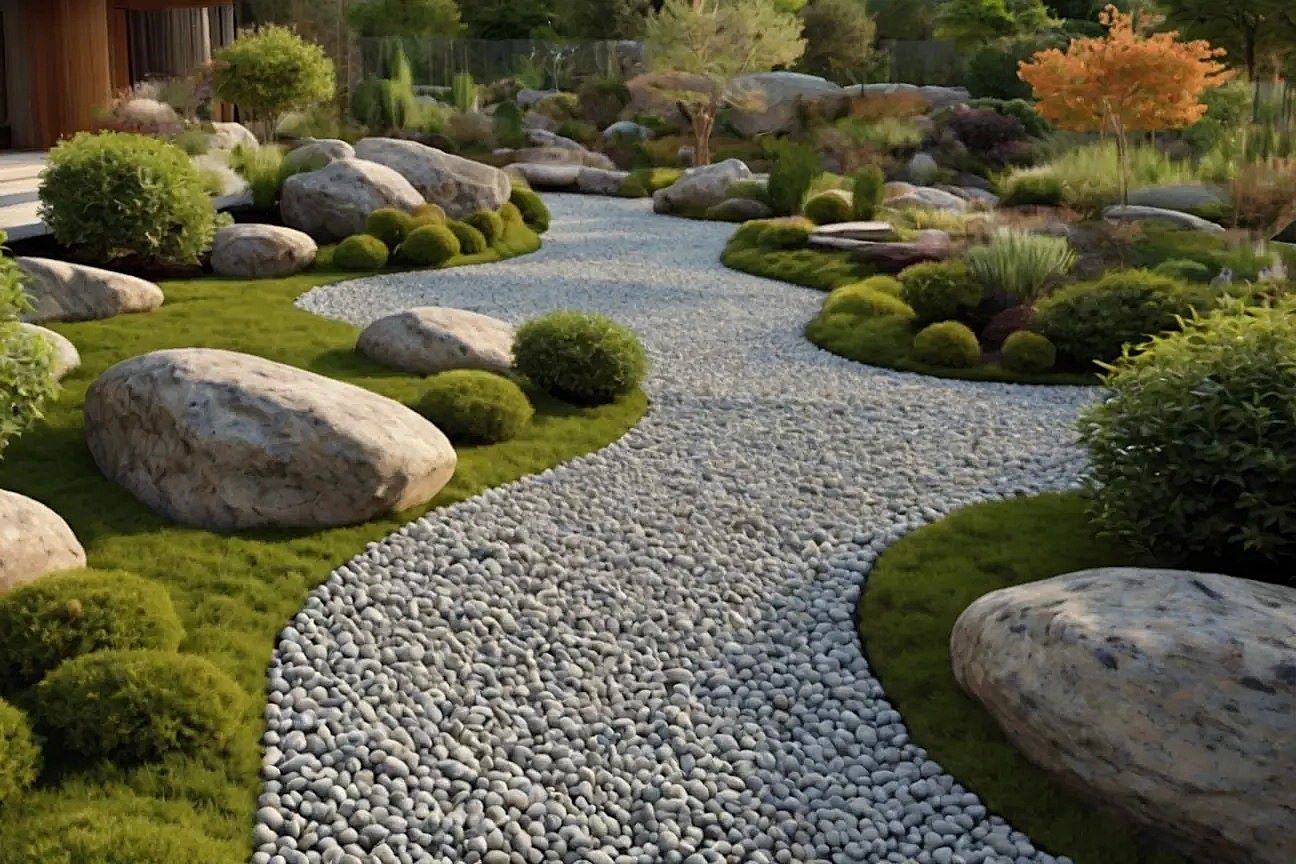
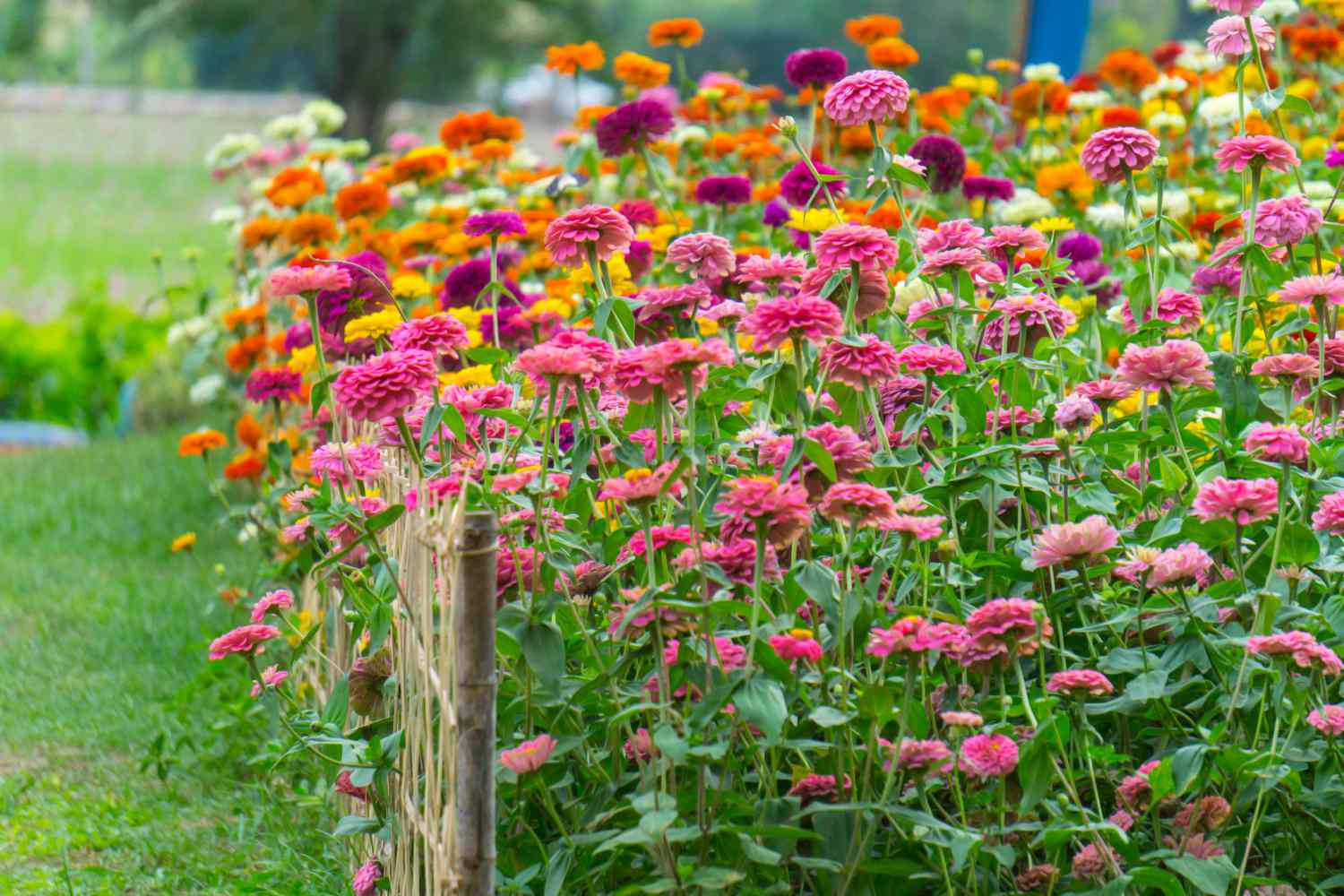
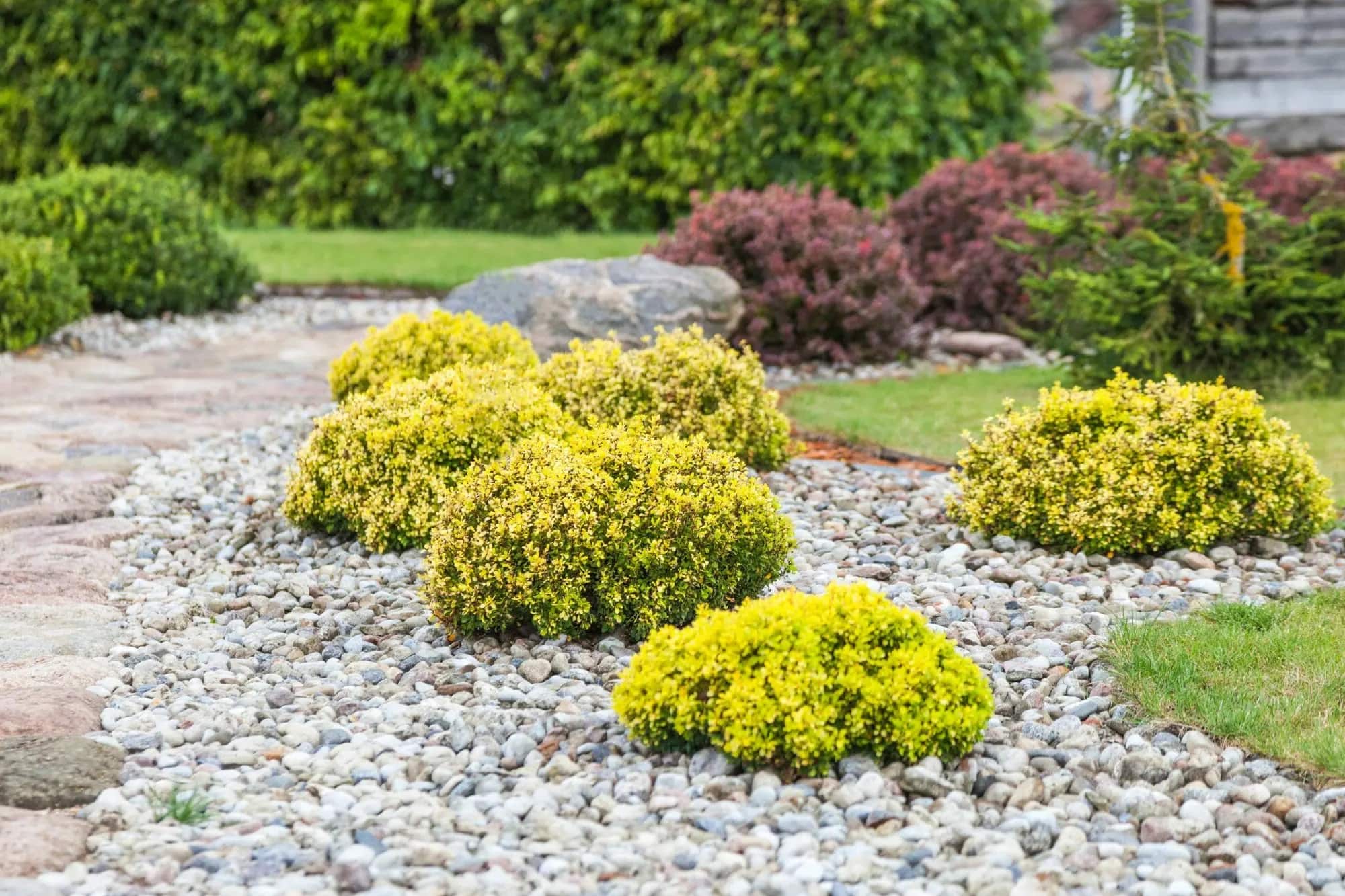

0 thoughts on “How To Design A Pollinator-Friendly Rain Garden”